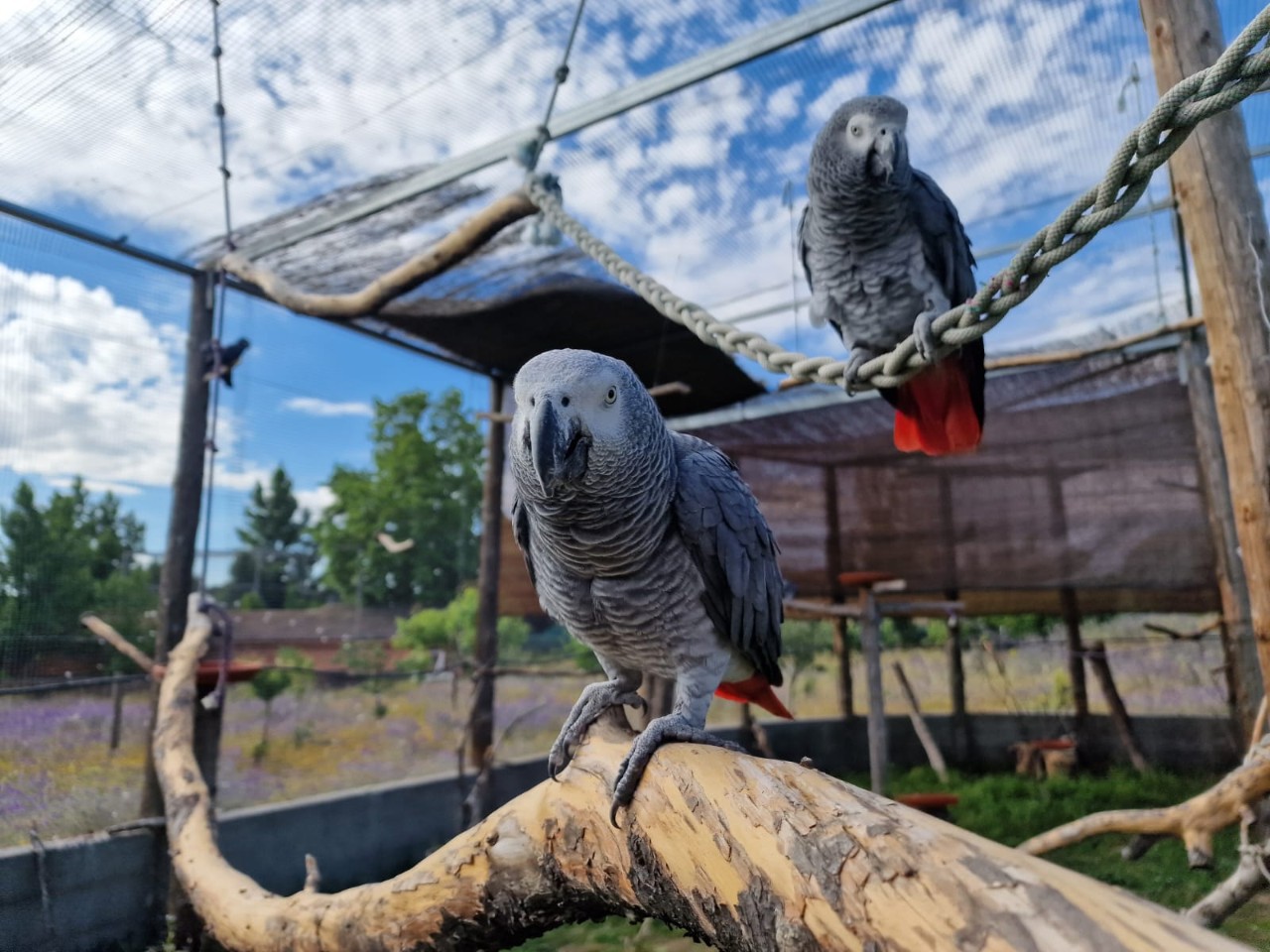On the occasion of the seizures of CITES specimens in recent years as a result of operations against illegal trafficking, mainly carried out by the Guardia Civil’s Nature Conservation Service (SEPRONA)are located in the CITES rescue centres a large number of copies loro gris africano or yaco (Psittacus erithacus)whose responsibility for guardianship lies with the state administration responsible for the application of the CITES Convention. It is a species included in the ‘endangered’ category on the International Union for the Conservation of Nature (IUCN) Red List. due to their illegal trade as pets, and is also listed in Appendix I of CITES.
This action is carried out within the framework of MITECO’s powers as the CITES administrative authority of Spain. and in the context of the recommendations of the CITES Convention and European regulations (Resolution Conf. 17.8 Rev. CoP19 and EC Regulation 338/1997) on the disposal of illegally traded and confiscated specimens of CITES species.
The Tchimpounga Nature Reserve is successfully carrying out a reintroduction project for the African gray parrot
First, the feasibility of repatriating these specimens to a country within their range was evaluated. The Republic of Congo was chosen because a reintroduction project for this species is being successfully carried out there, specifically in the Tchimpounga Nature Reserve. driven by the Jane Goodall Institute, Collaborating Entity of the TIFIES Plan. Moreover, there are already precedents of successful cooperation with the Congolese authorities, such as the establishment, in the context of the TIFIES Plan and in collaboration with SEPRONA and the IJG itselfone of the first canine units specialized in the fight against illegal wildlife trade and to have successfully operated in the United States Republic of Congo.
This way, after the first contacts in 2023 with the CITES Management Authority of the Republic of Congo and acknowledge its favorable reception, The technical preparation of the project started, with the necessary genetic, ethological and veterinary evaluations carried out on the potentially available specimens.located in the CITES Rescue Center of the Foundation for Research in Ethology and Biodiversity (FIEB)collaborating entity of the Plan TIFIES who made its center and staff available to the project. After the tests carried out, 34 specimens suitable for the project and for transfer to Congo were identified and the CITES Scientific Authority (National Museum of Natural Sciences of the CSIC) reported positively on this operation..
MITECO has promoted the initiative from the beginning through appropriate efforts as the person responsible for the seized specimens, facilitating the aforementioned genetic, veterinary and ethological controls to maximize the possibilities of acclimatization and subsequent reintroduction into the natural environment in the Republic of Congo. All this with the guarantee that this reintroduction will not pose any risk to the indigenous population of the Congolese yacos, neither genetically nor health-wise.

